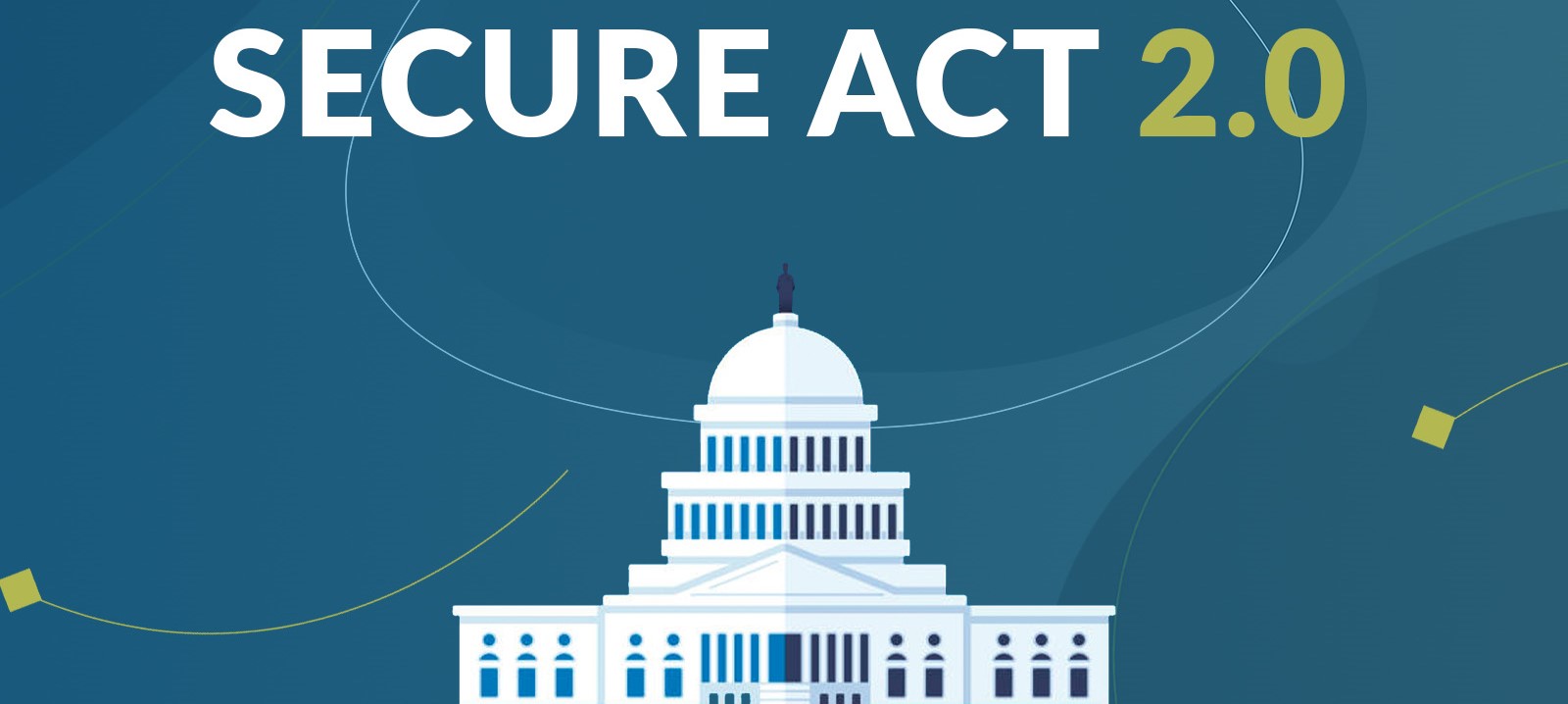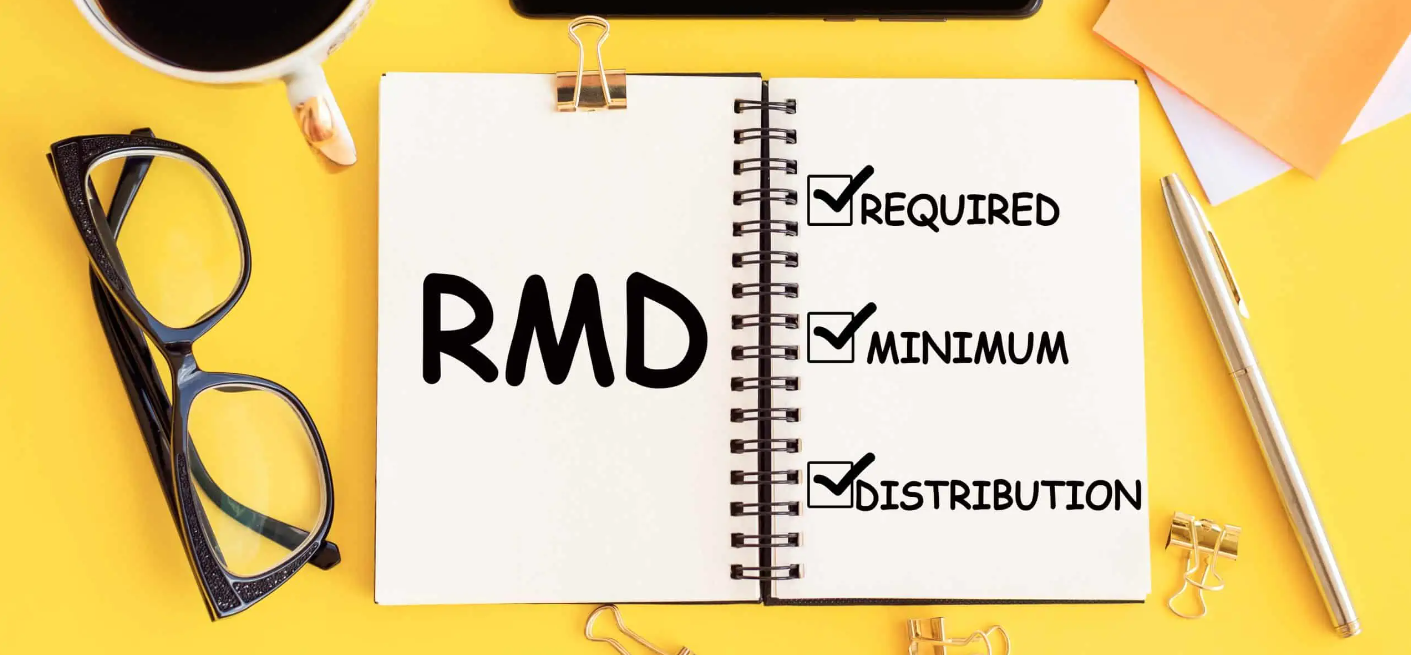Lifetime required minimum distributions (RMDs) start in the year when an IRA owner turns 72. Technically speaking, the “required beginning date” for RMDs is April 1 of the year after a person turns 72. Once RMDs start, you must withdraw annually on a calendar year basis. If you miss an RMD, the penalty is steep – 50% of the amount not taken. Death provides no waiver. The responsibility for taking the year-of-death RMD then falls to the beneficiary. It is not paid to the IRA owner’s estate, unless the estate is the named beneficiary, and it cannot be paid to the deceased IRA owner. The beneficiary must assume the taxable payment. Think of it as the final IRA transaction for the deceased owner. The beneficiary is simply carrying that ultimate matter over the finish line. While it sounds relatively straightforward, the year-of-death RMD creates all kinds of confusion.
Here are three key points to help beneficiaries understand this closing transaction:
- Custodians will typically open an inherited IRA for the beneficiary and transfer all assets to the inherited IRA. Then the custodian will then pay out the RMD from the inherited IRA. The form 1099-R is then issued for that distribution. The form will include the beneficiary’s social security or tax identification number, coded as a death distribution. The beneficiary’s personal tax return will include the payout report, NOT the estate’s tax return.
- If there are multiple IRA beneficiaries, the IRS does not care WHO takes the RMD. Multiple beneficiaries can elect to divide the year-of-death RMD equally. If one beneficiary chooses a lump sum payout, that could satisfy the entire year-of-death RMD. However, the lump sum must be large enough. Same deal with a charity beneficiary. Charities typically want a lump sum. If the amount is large enough, the payout to the charity can satisfy the full year-of-death RMD.
- The deadline for taking the year-of-death RMD is December 31 of the year of death. If the original IRA owner dies late in the year and had not taken his RMD, there is a good chance the year-of-death RMD gets missed. Such situations have been so prevalent that the IRS recently created an extension for missed year-of-death RMDs. There is now an automatic waiver of the 50% penalty if the year-of-death RMD is taken by the beneficiary’s tax filing deadline, including extensions.
Example:
Grampa Richie, age 79, has a traditional IRA with his grandson Max, age 25, as beneficiary. The payment of Grampa Richie’s annual RMD is on December 15. However, he dies on December 10, 2022. Grandson Max is responsible for taking the 2022 year-of-death RMD. In his grief and confusion, Max misses the year-end deadline. Max is eligible for an automatic waiver of the 50% penalty if he takes the 2022 year-of-death RMD by his 2022 tax filing deadline, plus extensions.
Death is already a difficult and stressful time. Try not to compound issues by mishandling the year-of-death RMD.
By Andy Ives, CFP®, AIF®
IRA Analyst











